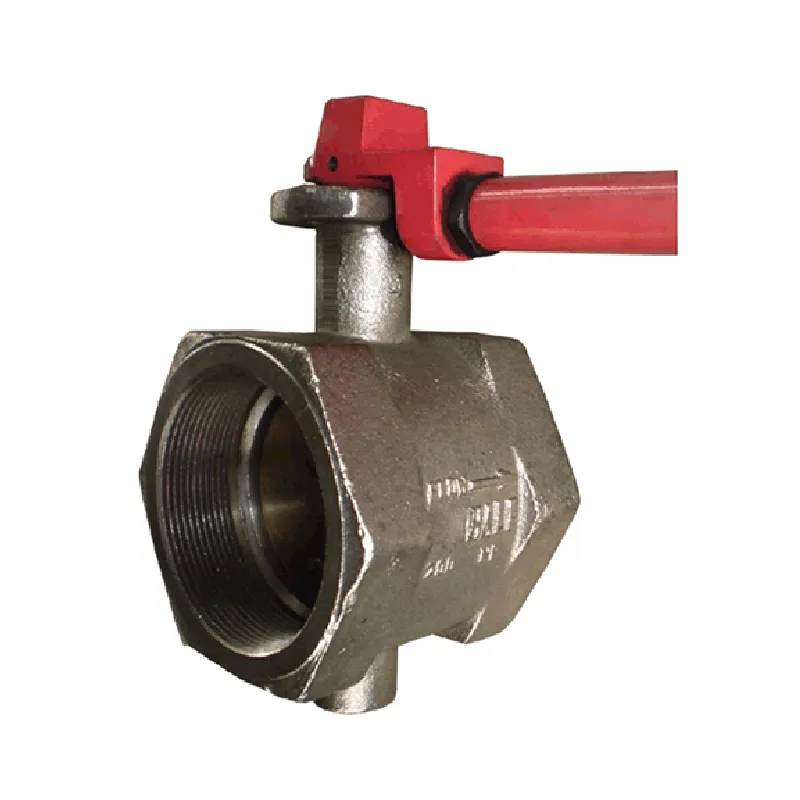Dis . 11, 2024 10:01 Back to list
Understanding the Function and Benefits of Silent Check Valves in Fluid Systems
Understanding Quiet Check Valves Essential Components for Modern Fluid Systems
In the realm of fluid management and control systems, check valves play a fundamental role by ensuring that fluid flows in one direction while preventing backflow. Among the various types of check valves, the quiet check valve has emerged as a preferred choice in many applications due to its unique design and performance characteristics. This article delves into the mechanics, benefits, and applications of quiet check valves, illustrating why they are essential components in modern fluid systems.
What is a Quiet Check Valve?
A quiet check valve is designed to operate silently while effectively preventing backflow, which can cause damage to pumps, pipelines, and other critical components in a fluid system. Unlike traditional check valves that may create noticeable noise during operation due to the abrupt closing mechanisms, quiet check valves utilize a more sophisticated design that minimizes noise. This is typically achieved through the use of innovative materials and hydraulic principles that allow for smoother operation.
The construction of a quiet check valve generally includes a flexible disc or diaphragm that moves with the fluid flow. When the fluid flows in the correct direction, the disc lifts, allowing passage. When there is a drop in flow or a backflow situation, the disc seats itself against the valve body, effectively sealing off any reverse flow without the jarring action common in traditional designs.
Benefits of Quiet Check Valves
1. Noise Reduction The primary advantage of quiet check valves is their ability to operate with minimal noise. This feature is especially beneficial in residential, commercial, and industrial environments where excessive noise can lead to discomfort or non-compliance with regulatory standards.
2. Reduced Water Hammer Water hammer, a phenomenon caused by sudden changes in fluid flow, can lead to significant damage in piping systems. Quiet check valves are designed to mitigate this issue by providing a gentler closure, reducing the pressure surges associated with conventional check valves.
quiet check valve

3. Enhanced Durability Made from durable materials that resist corrosion and wear, quiet check valves ensure longevity and reliability, reducing the need for frequent maintenance and replacements.
4. Improved Efficiency By preventing backflow effectively while minimizing turbulence, these valves enhance the overall efficiency of fluid systems. This is crucial in applications such as HVAC systems, irrigation, and water treatment facilities, where optimizing flow is a priority.
Applications of Quiet Check Valves
Quiet check valves find applications across various industries due to their advantageous features. In residential plumbing, they are commonly used in water supply lines to prevent contamination from backflow. In HVAC systems, they are critical in chiller and cooling applications, ensuring efficient operation without causing noise disturbances.
In the food and beverage industry, where cleanliness and reliability are paramount, quiet check valves help maintain the integrity of product quality by preventing backflow that could lead to contamination. They are also prevalent in medical and pharmaceutical processes, where sterile conditions must be maintained throughout fluid handling.
Conclusion
As industries continue to prioritize efficiency, durability, and noise reduction in their fluid systems, quiet check valves stand out as indispensable components. Their innovative design not only prevents backflow but also addresses common issues such as noise and water hammer, elevating the functionality of various applications. Understanding and implementing quiet check valves can lead to substantial benefits, ensuring that systems operate smoothly and reliably while enhancing user comfort and compliance with industry standards. As technology advances, we can anticipate further enhancements in the design and efficiency of quiet check valves, solidifying their role in the future of fluid management systems.
Share
-
Reliable Wafer Type Butterfly Valves for Every IndustryNewsJul.25,2025
-
Reliable Flow Control Begins with the Right Ball Check ValveNewsJul.25,2025
-
Precision Flow Control Starts with Quality ValvesNewsJul.25,2025
-
Industrial Flow Control ReliabilityNewsJul.25,2025
-
Engineered for Efficiency Gate Valves That Power Industrial PerformanceNewsJul.25,2025
-
Empowering Infrastructure Through Quality ManufacturingNewsJul.25,2025